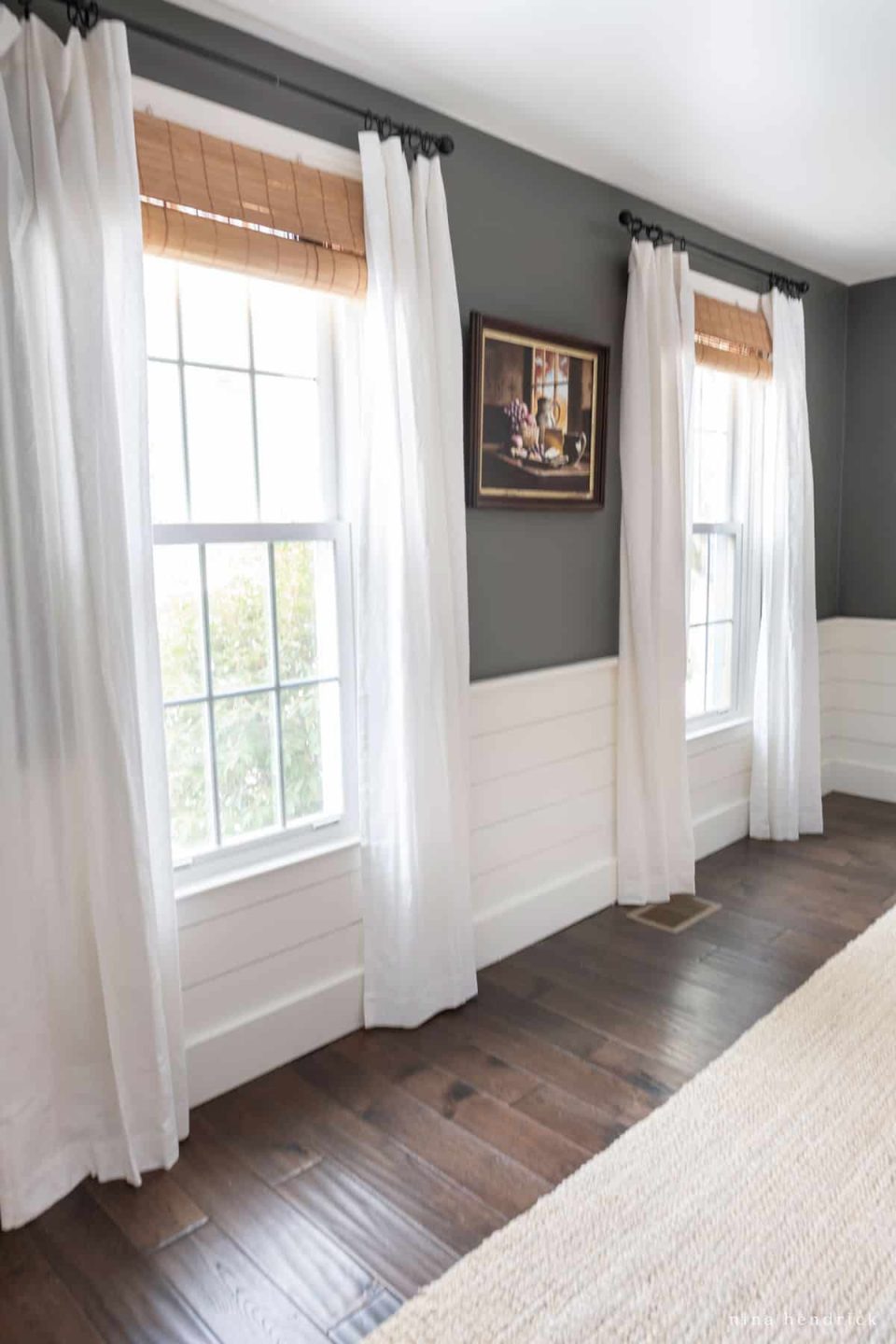Blinds and curtains are the two most common choices for window coverings. Both have their pros and cons, but they not only serve as decorative elements but also provide privacy in your room.
Today, we’re going to explore which of these options is the best choice for energy efficiency, a factor that has become increasingly important in today’s world.
Both blinds and curtains are widely used window covering options that help control the amount of light entering a room. They also serve as home decor items and can enhance the room’s aesthetic appeal. However, if your goal is to reduce energy costs, which one should be your go-to option?
Let’s evaluate the energy efficiency of both blinds and curtains:
Curtains: Energy Efficiency
Curtains are a popular choice for window treatments due to their decorative appeal and versatility. They come in a variety of fabrics, patterns, and colors, adding charm to your room.
In terms of energy efficiency, curtains can play a significant role. During the hot summer months, curtains are excellent at reducing sunlight and lowering heat gain. The best curtains for reducing heat gain are those made of heavy, thick, and dark-colored fabrics like velvet or wool.
In winter, curtains can act as insulators to keep the heat inside. However, the fabric type and curtain thickness can impact their energy efficiency.
Blinds: Energy Efficiency
Blinds are perfect for controlling the amount of light entering your room and providing extra privacy. Available in various materials, including vinyl, aluminum, and wood, blinds can be adjusted to let in more or less light.
When it comes to energy efficiency, blinds can help keep a room cool by reducing heat gain. They can block sunlight and lessen the amount of heat entering a room during hot summer months, reducing the need for air conditioning and cutting electricity costs.
During cold winter months, blinds can serve as insulators, keeping the heat inside and reducing the need for heating. The type of blinds and the material used can affect their energy efficiency. For example, wood blinds are more effective at insulating than aluminum or vinyl blinds.
The Best Choice for You
Both blinds and curtains have their advantages and disadvantages in terms of energy efficiency. Overall, blinds tend to be more effective at reducing heat gain and blocking sunlight due to their better insulating materials. However, curtains can also significantly reduce heat depending on the fabric used.
Ultimately, the choice comes down to your personal preference. If you live in an area with abundant sunlight, blinds might be a better choice due to their superior sunlight-blocking capability. If you’re looking for a decorative element to add a touch of elegance to your room, curtains might be the best option.

